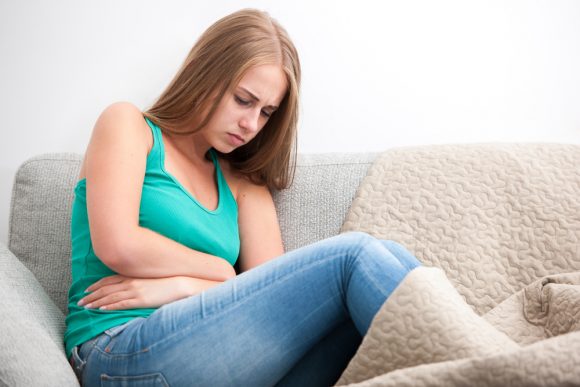Endometriosis is a common medical condition in which tissue that is similar to the lining of the uterus is found outside of the uterus. This tissue is found in other areas of the body such as the ovaries, fallopian tubes, abdomen, and other parts of the body.
It is estimated that around 10% of all women between the ages of 15 and 44 have endometriosis, making it one of the most common gynecological conditions in women. You can also browse the internet if you want to know more information about coping with endometriosis condition.

Endometriosis is caused when the cells that make up the tissue lining the uterus (endometrial cells) grow outside of the uterus. This tissue can attach itself to other organs and cause pain and inflammation. Over time, it can lead to the formation of scar tissue and adhesions in the pelvic area. Endometriosis can also cause fertility problems and is associated with higher rates of miscarriage.
The most common symptoms of endometriosis are painful periods, abdominal pain. Other symptoms include fatigue, infertility, heavy menstrual bleeding, and bloating. Many women may experience these symptoms for years before being diagnosed with endometriosis. Diagnosis is typically done through a pelvic exam, ultrasound, and laparoscopy.
Treatment for endometriosis usually involves medications to reduce pain and inflammation. Surgery may also be an option for more severe cases. Other lifestyle changes that may help include regular exercise, reducing stress, and eating a healthy diet.
